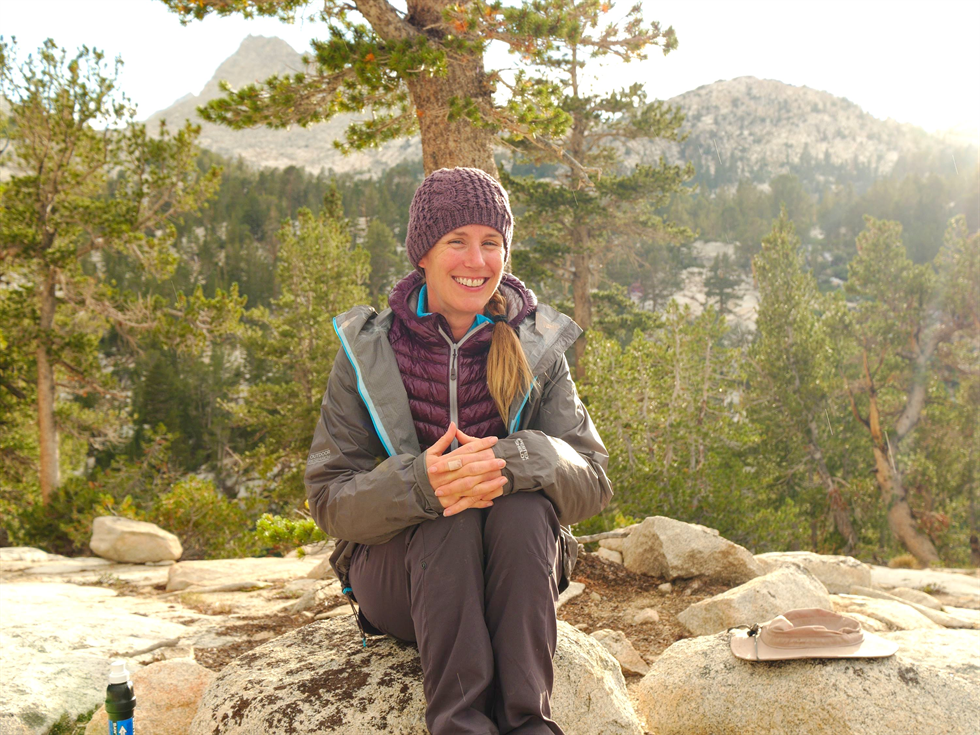Q&A with Gateway: Meet Diane Davis, Mission Design Lead for Gateway Systems Engineering and Integration
The Gateway will fly in a near rectilinear halo orbit (NHRO), a cislunar orbit that depends on the simultaneous influence of Earth and the Moon. This path has many advantages, including favorable communications with Earth and the lunar South Pole, inexpensive orbit maintenance and attitude control, and access to the lunar surface. Affectionately nicknamed the “NRHO queen” by her peers, NASA Johnson Space Center’s Diane Davis is an expert on Gateway’s trajectory. As the mission design lead, she can answer any questions pertaining to the spacecraft’s orbit.
Get to know more about her, below!
What is your role in the Gateway program?
I am the Gateway mission design integrated systems lead.
What are your primary responsibilities?
The Gateway is headed to a near rectilinear halo orbit (NRHO) at the Moon, an orbit that takes advantage of the effects of both the Earth and the Moon to satisfy competing Gateway objectives. The mission design team plans the Gateway trajectory. We answer questions like: How do we stay in orbit long term, and how much propellant will we burn for orbit maintenance and attitude control? What are the best paths to deliver cargo and Gateway elements to the NRHO, and how can we deploy/dispose of spacecraft from the Gateway safely? How much tracking will we need to determine the Gateway’s position and velocity in space during both uncrewed and crewed operations? We develop new techniques for planning a spacecraft’s path through cislunar space in support of human lunar exploration.
What are you excited to share about Gateway and what it will do for human exploration as part of the Artemis program?
The Gateway orbit is incredibly interesting. It is simultaneously affected by the Earth and the Moon and serves as an efficient staging location for missions to both the lunar surface and beyond cislunar space. I love sharing the unique and beautiful properties of this multibody orbit. I am excited to see the Gateway serve as the jumping-off point as our astronauts explore beyond Earth orbit.
How has your own personal background influenced your work for the Gateway program?
Multibody trajectories like the NRHO behave a little differently than low-Earth, or low-lunar, orbits. My doctoral degree at Purdue University focused on multibody dynamics and provided a good background for working with the Gateway orbit. My previous work in interplanetary navigation at NASA’s Jet Propulsion Laboratory gave me insight into the operation of spacecraft beyond Earth orbit.
Being surrounded by such a high-performing group of people, what’s a great piece of advice you’ve learned?
At Johnson Space Center, we have a huge team of experts who excel at building and flying crewed spacecraft. By paying attention and listening to all the diverse topics being worked across the center, there is a nearly limitless opportunity to learn about all the systems that must come together to enable exploration.
In line with JSC’s DARE | UNITE | EXPLORE, how do you see yourself fitting into the vision?
I like to help make connections by bringing together teams across centers, projects, and teams, and also diverse knowledge across disciplines. By uniting people and expertise, we enable exploration.
Now, more about you. Where did you grow up?
I grew up around the Dallas-Fort Worth area and went to Texas A&M University and the University of Texas. I left Texas to explore for a while and came back to Houston in 2010.
How long have you been at JSC?
I started at Johnson Space Center in 2011 and worked in Flight Operations Directorate for a few years before joining the Aeroscience and Flight Mechanics Division in the Engineering Directorate.
Describe yourself in five words.
Enthusiastic, driven, adventurous, curious and hopeful.
Favorite thing(s) to do to unwind.
Top of the list: Head out into the wilderness for a backpacking trip. Since mountains are scarce around here, I also swim, grow flowers, and camp with my family.
When this pandemic is over, what can’t you wait to do?
Travel. We cancelled a trip to Yellowstone and Grand Teton National Park over the summer. I can’t wait to take that trip and also to head back to in-person conferences.
What is one thing you like about teleworking?
Sleeping in later every morning.
Tell us a fun fact about you.
I love being outdoors, especially in the mountains.
At Johnson, we are laser-focused on the next: going forward to our lunar neighbor to build outposts in uncharted territory while revolutionizing the strategies and technologies that will eventually open up the universe. The Gateway is a critical component of the Artemis program and embodies Johnson's DARE | UNITE | EXPLORE vision: We dare to expand frontiers. We unite with our partners to complete bold missions. We explore space to benefit humanity.
DARE | UNITE | EXPLORE








